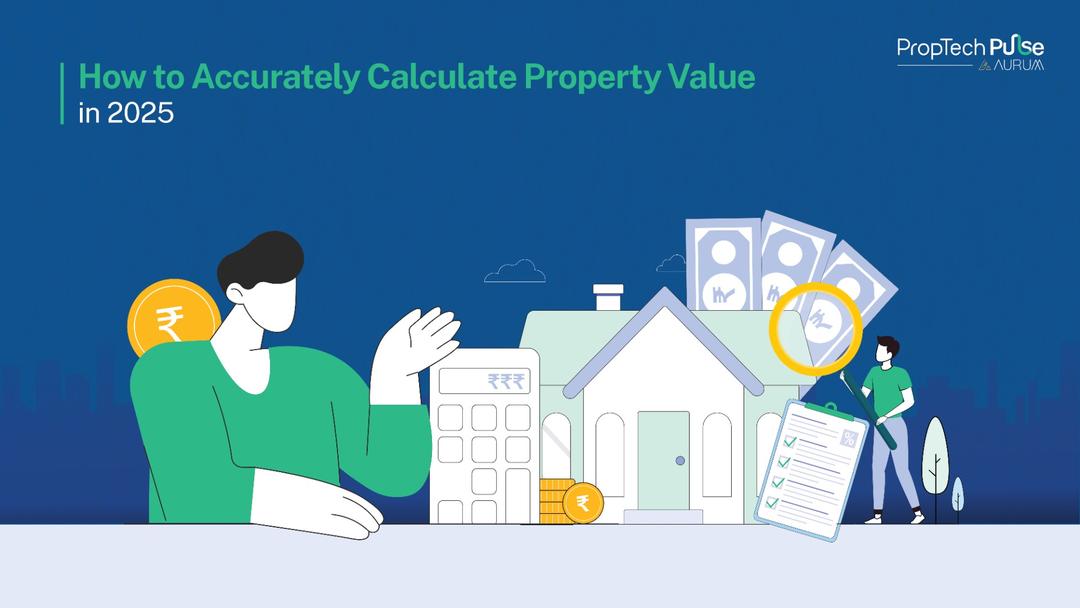Real Estate Efficiency

When it comes to urban development, there’s often a delicate balance between building more infrastructure and maintaining the integrity of the environment and existing properties. Transferable Development Rights (TDR) is a tool that helps achieve this balance in construction. By allowing developers to move their rights to build from one area to another, TDR is helping shape smart, sustainable cities.
In this blog, we’ll break down what TDR is, how it works, the types available, and how it benefits both urban development and preservation efforts.
Introduction to Transferable Development Rights
What is TDR and Why Does It Matter?
Transferable Development Rights (TDR) are rights that allow property owners to transfer the ability to develop their land to another property. In simple terms, it lets landowners sell their development potential, whether it’s for building taller structures or increasing the land’s value, to a different location.
This system provides an opportunity to protect certain areas, such as parks or heritage sites, while still enabling growth in other parts of the city. It’s a win-win for developers and city planners alike, ensuring urban growth doesn't come at the cost of community or environmental values.
The History and Evolution of TDR
TDR programs were first introduced as a way to manage urban sprawl and preserve areas of historical or environmental significance. They originated in the United States during the 1970s and have since become a popular urban planning tool. Over the years, many cities across the globe have adapted the concept to suit their own needs-whether it’s to protect agricultural land, historic buildings, or to promote smart growth.
TDRs are now seen as a modern solution to age-old urban challenges, helping cities grow responsibly while keeping the character of neighborhoods intact.
Mechanism of TDR in Urban Planning
How TDR Works: A Step-by-Step Guide
The concept of TDR might sound complex, but it follows a straightforward process. Here's how it typically works:
- Identification of Sending Areas: First, areas that should be preserved (like green spaces or heritage buildings) are identified as "sending areas."
- Development Rights Allocation: These "sending areas" are allocated development rights-essentially, the potential for a specific amount of development (e.g., extra floor space, height, or density).
- Transfer of Rights: Property owners in sending areas can sell their development rights to developers in receiving areas (areas designated for growth).
- Development in Receiving Areas: Developers use these rights to build more on properties in receiving areas, often leading to taller buildings or denser developments.
- Building Permits and Development: The developer gets approval to build based on the transferred rights, which benefits the city with controlled development and preservation of valuable land.
The Role of Government and Property Owners
The government is the key player in designating sending and receiving areas, as well as ensuring the program operates smoothly. They are responsible for overseeing the transfer of rights and ensuring that both developers and landowners follow the rules.
Property owners in sending areas benefit by receiving financial compensation for the sale of their development rights, while developers in receiving areas can build more intensively than they otherwise could. This creates a balanced approach to urban growth and preservation.
Types of Transferable Development Rights
TDR can be categorized into different types based on the areas and purposes they serve. Let’s dive into the most common ones.
- Slum TDR: Slum TDR is a program designed to redevelop slums into more organized, livable spaces while ensuring that the development doesn’t displace existing communities. In this system:
- Slum areas are designated as sending areas where development rights are transferred.
- The transferred rights are used to build modern residential or commercial spaces in receiving areas.
- The main goal is to uplift slum areas without causing further congestion or displacement in already developed parts of the city.
- Reserved Plots TDR: Reserved Plots TDR is used when a property is reserved for public use, like a park or school, but the landowner still wants to benefit from development. In such cases:
- The development rights from the reserved plot are transferred to a different property, usually a commercial or residential area.
- This allows for higher-density construction in the receiving area without sacrificing public spaces.
- It’s a great tool for maintaining public amenities while allowing the city to grow.
- Heritage TDR: Heritage TDR aims to protect historic buildings and heritage sites. It works by:
- Identifying historic areas as sending areas, where development is limited or restricted to maintain the area’s character.
- Transferring the development rights from these areas to receiving areas to facilitate growth elsewhere.
- This ensures that historic preservation remains a priority in rapidly growing cities while still encouraging development where it’s needed.
Conclusion
Transferable Development Rights (TDR) is a powerful tool in urban planning that helps balance growth and preservation. Whether it's slum redevelopment, protecting heritage sites, or optimizing space in reserved plots, TDR ensures that urbanization doesn’t come at the expense of important community values.
By understanding TDR, developers, city planners, and property owners can make more informed decisions about land use, development strategies, and how to preserve the essence of neighborhoods while meeting modern demands for growth.
So, the next time you think about building a new project, consider how TDR can be part of your approach to creating smart, sustainable cities.
Unlock the Latest in Real Estate
News, Infographics, Blogs & More! Delivered to your inbox.
“Data that drives action. Insight that inspires action. Technology that empowers action.“
“Data that drives action.
Insight that inspires action.
Technology that empowers action.“









